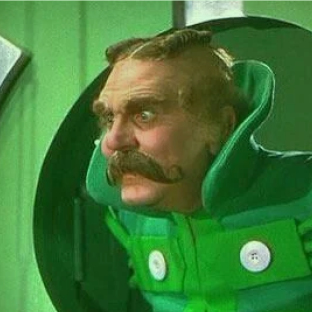“Going Green” is admirable but really going green requires us to take a look at the overall cycle.
 My child’s first grade teacher made a comment about “going green” that really set me off. She said that her colleagues were suggesting that all first grade homework should be delivered via email to “be more green.” She went on to apologize to the parents because she couldn’t transfer everything to the computer just yet, and as an aside she mentioned that perhaps it is better to hand-out homework anyway. “What if the students wanted to start on their homework right after school and the home printer runs out of toner?” she wondered.
My child’s first grade teacher made a comment about “going green” that really set me off. She said that her colleagues were suggesting that all first grade homework should be delivered via email to “be more green.” She went on to apologize to the parents because she couldn’t transfer everything to the computer just yet, and as an aside she mentioned that perhaps it is better to hand-out homework anyway. “What if the students wanted to start on their homework right after school and the home printer runs out of toner?” she wondered.
I asked if the homework was intended to be completed by hand and on paper. (“Of course!”) And would students be expected to do homework online and return it via email. (Of course not!”) Then it’s not really green is it? If the goal was to reduce resources, then the homework must be done online and returned online. In order to really be green we must take a look at the whole cycle otherwise we are just pushing off our resources on someone else. In the case above, students and their families would have to print on their own paper with their own printer and toner. In fact, individual copies actually waste more resources, there are savings and efficiencies in multiple copies because less energy is used and you’re less likely to print out extraneous copies because the master document – often with advertisements – may lead to wasting a lot of paper when you just intended to print a single page.
The Green Grocer
At Peapod, the online grocery service from Stop & Shop, I selected the “green” option for delivery expecting my groceries to arrive in a Prius in recycled cloth shopping bags. Instead I was greeted by a driver in a large truck who handed me a dozen plastic bags full of my groceries. I stopped using plastic bags at the grocery store, but apparently the online grocer always forgets their bags at home. When I clicked the “green” option for my order it simply meant that the driver would not print my receipt. That meant I had to go back to my computer and print it myself. That’s not being green, that’s forcing me to do more work and use my own resources. When I looked closer, I found out that the “green” option at Peapod is really about offering Peapod more convenient delivery times so they may consolidate their deliveries in my area. That’s a little bit green.
The Green Trucker
UPS has a program that eliminates left-hand turns and saves gas and time. They have customized GPS directions that determine the most efficient rote for deliveries. According to EarthandIndustry.com they continue to promote greener trucking: “UPS has added nearly two thousand natural gas-powered diesel hybrid delivery trucks to its fleet, UPS increased the miles per gallon of the delivery vehicles in their U.S. Domestic Package segment by 10% from 2000-2009. And in 2009, UPS drivers logged 77.3 million miles more than they did ten years earlier, yet used 3.2 million gallons less fuel.” That’s green delivery.
The Green Apple
Another good example of going green is the Apple store. Instead of cash registers, iPhones are used to accept your payment. They’ll email you a receipt (and get your email address in the process.) This can be really green if you don’t print the receipt, and many of us probably won’t print it unless we have a problem.
“Going Green” is admirable but really going green requires us to take a look at the overall cycle. Just being green yourself doesn’t address the problem. If you are relying on the other party to print and use resources then you are just passing along the problem to someone else. Back to Insights



